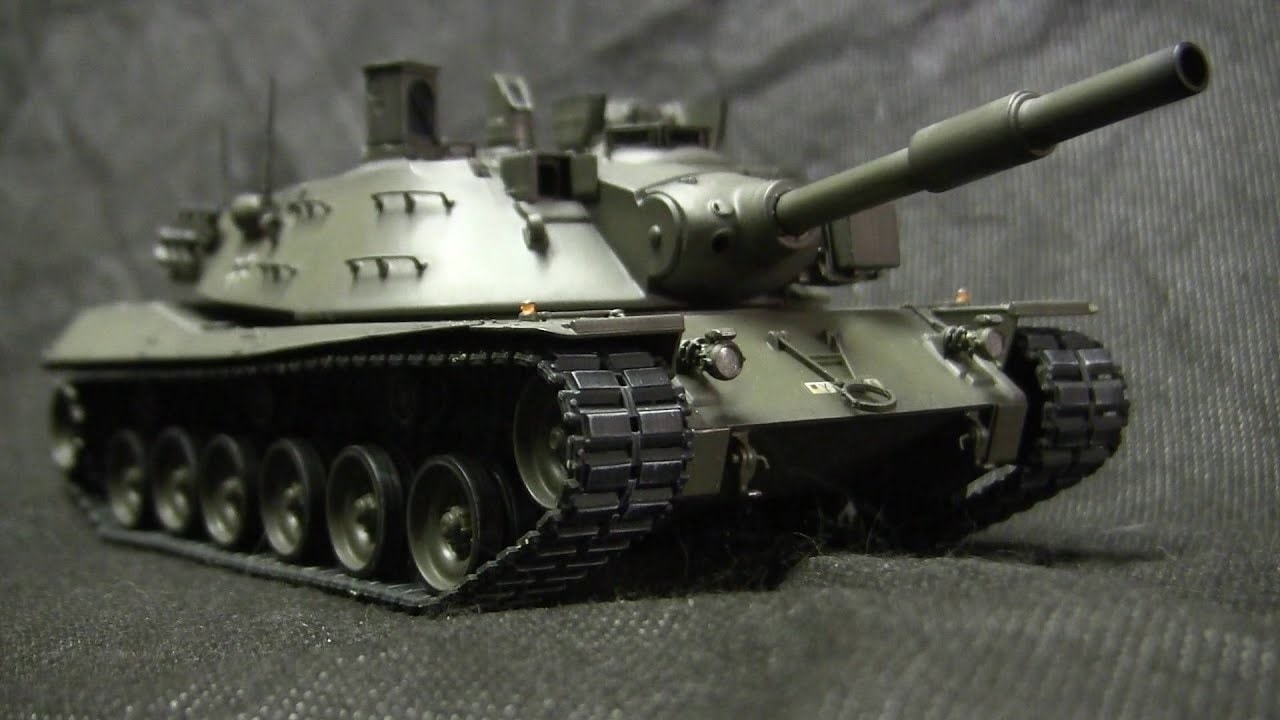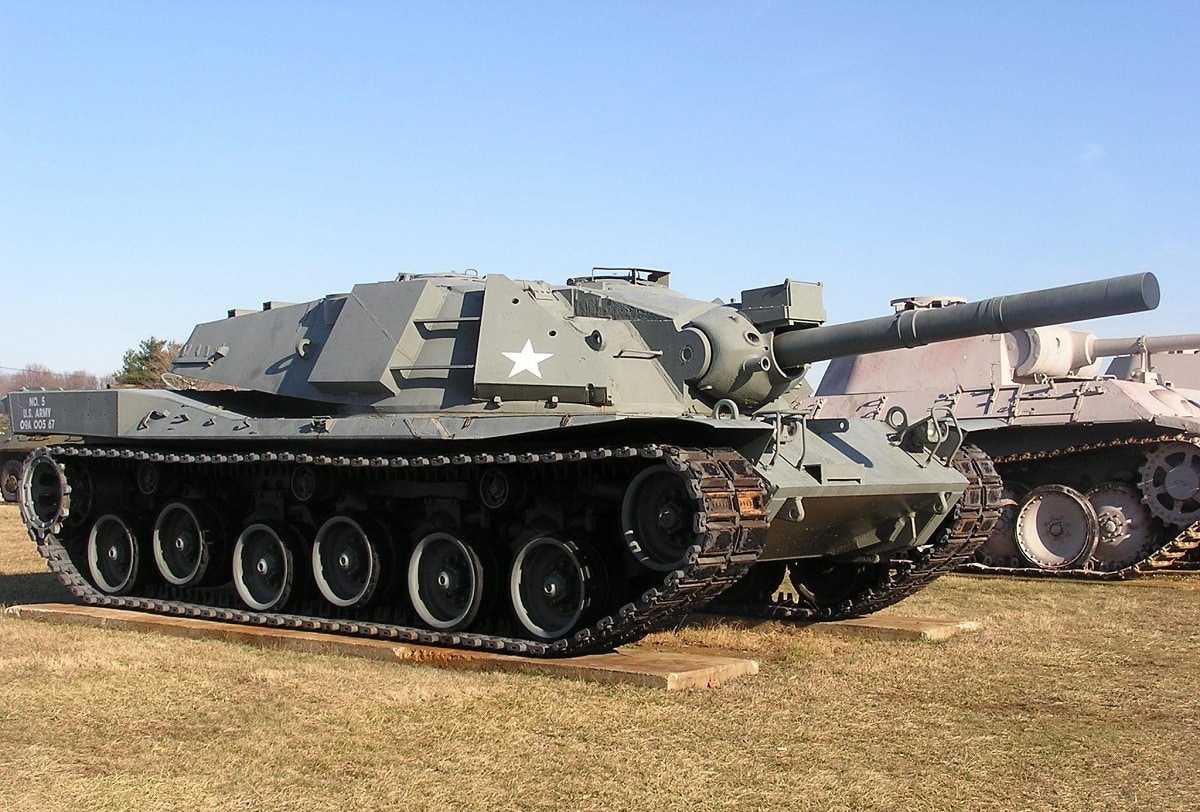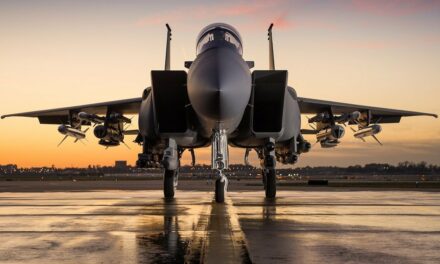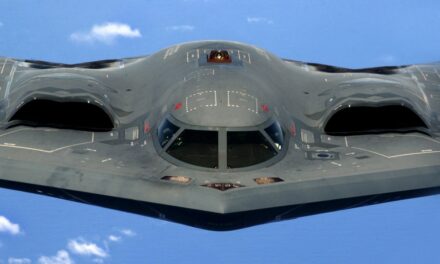We support our Publishers and Content Creators. You can view this story on their website by CLICKING HERE.
Key Points: The MBT-70 super tank was a 1960s U.S.-West Germany collaboration to counter the Soviet threat during the Cold War. Designed to be a revolutionary main battle tank with advanced features like a low silhouette, spaced armor, hydro-pneumatic suspension, and a gun capable of firing anti-tank missiles, the MBT-70 faced technical and cost challenges.
-Disputes between American and German engineers over metrics, armament, and system complexity caused delays and cost overruns, pushing the price from $200,000 to $1 million per tank.
-Despite its cancellation in 1969, the MBT-70’s innovations influenced future tanks like the Leopard 2 and M1 Abrams, both now in active service.
MBT-70 Super Tank Failed But Led to Many Engineering Breakthroughs in
You have to give every designer, engineer, and tester on the MBT-70 super tank project a medal for at least trying to execute this one big idea in the 1960s.
The Cold War was getting warmer at that time. There was always the threat that the Soviet hordes could stream through the Fulda Gap in Germany and overwhelm U.S. and NATO forces in Europe. This was going to be extreme tank-on-tank warfare, and the Soviets were building bigger, stronger, and faster tanks for this kind of operation.
The Cold War strategy had always been for the U.S. Army to forward-deploy men and material in West Germany. The West Germans also had a large standing army, and both sides depended on the other to stymie the Russians. Why not take the best American and German engineers and develop a new tank?
Teamwork Makes the Dream Work
This idea made sense. Some of the best minds were available. Both the Americans and the West Germans definitely understood mechanized warfare. Putting their heads together to tackle such a project seemed promising. It was a chance to transform mechanized warfare.
Time for a Dominant Super Tank
The idea was to make a new super tank that would overawe the Red Army and put the NATO allies ahead of the Warsaw Pact for decades.
In 1963, engineers from the two countries began work on the design for the new main battle tank. They agreed that the vehicle’s silhouette needed to be lower for better survivability in a contested environment. The M60 tank stood higher than the Soviet models and this was seen as a weakness.
A New Armor and Suspension System
The MBT-70 would also need heavy armor, and the designers hoped to use two-spaced layers. The outer layer would be cold-rolled steel and the inner layer of softer steel. This would prevent what is known as “spalling” or when the interior of the steel becomes defragmented.
An interesting feature on this was that the driver was in the turret. Tanks and Artillery at The APG Ordnance Museum MBT-70 Main Battle Tank Specifications: MBT-70 Main Battle Tank Another MBT-70 Main Battle Tank can be found at the Military Museum of Southern New England in Danbury, CT Length: 22 feet 11 inches Width: 11 feet, 6 inches Height: 8 feet, 6 inches Crew: 3 Weight: 50 Tons Max Speed: 43mph Range: 400 miles Armor: Classified Powerplant: Continental AVCR 12 Cylinder Air Cooled Diesel 1,475hp Fuel Capacity: Gallons Armament: 152mm Main Gun/Missile System One 7.62mm coax Machine Gun Entered Service: 1967 (Prototype) Unit Cost: $305 million for the prototypes only.
Since the tank was going to weigh 50 tons due to the spaced layer armor, the tank needed a special suspension. The new suspension would raise or lower the tank depending on whether it was at rest or at full speed.
Engineers Started to Disagree
So far, so good. But then came problems between the Americans and Germans. The Germans wanted to use the metric system for measurements and the Americans did not. Engineers from the United States favored a complicated but ingenious main gun that could also fire Shillelagh anti-tank missiles, which was a great idea but difficult to devise.
Which Main Gun Was Better?
The Germans held out for simplicity. They yearned for a basic 120mm Rheinmetall gun, while the Americans thought that the XM150 auto-loading 152mm gun with a laser rangefinder would be better.
The Germans won that dispute because the American XM150 gun never worked correctly. The anti-tank missile did not integrate well with the fire control system. Overall, the entire project was just getting too complicated and there were too many hiccups.

MBT-70. Image Credit: YouTube Screenshot.
High-Tech But Expensive Goodies
As Brendan McNally wrote for the Defense Media Network, “So many leading-edge technologies incorporated into the tank’s design, from the hydro-pneumatic suspension, laser rangefinder, ballistic computer, and night vision system to the remotely-operated 20 mm anti-aircraft cannon and the 152 mm gun/launcher, meant there were problems making these new and complex systems work, and costs rose.”
By 1968, the teams had created a few prototypes, but the American gun design still had problems. On the plus side, the prototypes had decent maneuverability, but they were not revolutionary.
MBT-70: It Was a Budget Buster
Meanwhile, costs were ballooning. The budget for MBT-70 was originally around $200,000 a tank. But now each super tank was going to cost a whopping $1 million each. In 1969, the Germans gave up to work on their own

Image: Creative Commons.
Leopard 1 tank. The Americans were told by Congress to pack it in and the MBT-70 program was cancelled.
The super tank was ahead of its time. Many of the innovative attributes like gun-fired anti-tank missiles, laser range finders, and ballistic computers now come standard on tanks around the world. The MBT-70 was a cautionary tale, but it showed that creative engineers, when given a large canvas, could come up with ideas that shaped the future. The American-German brainstorming session in the 1960s led to the successful Leopard 2 and M1 Abrams. These two platforms are currently fighting a war in Ukraine, so the MBT-70 was not a complete failure.
About the Author: Dr. Brent M. Eastwood
Brent M. Eastwood, PhD, is the author of Don’t Turn Your Back On the World: a Conservative Foreign Policy and Humans, Machines, and Data: Future Trends in Warfare, plus two other books. Brent was the founder and CEO of a tech firm that predicted world events using artificial intelligence. He served as a legislative fellow for U.S. Senator Tim Scott and advised the senator on defense and foreign policy issues. He has taught at American University, George Washington University, and George Mason University. Brent is a former U.S. Army Infantry officer. He can be followed on X @BMEastwood.

 Conservative
Conservative  Search
Search Trending
Trending Current News
Current News 





